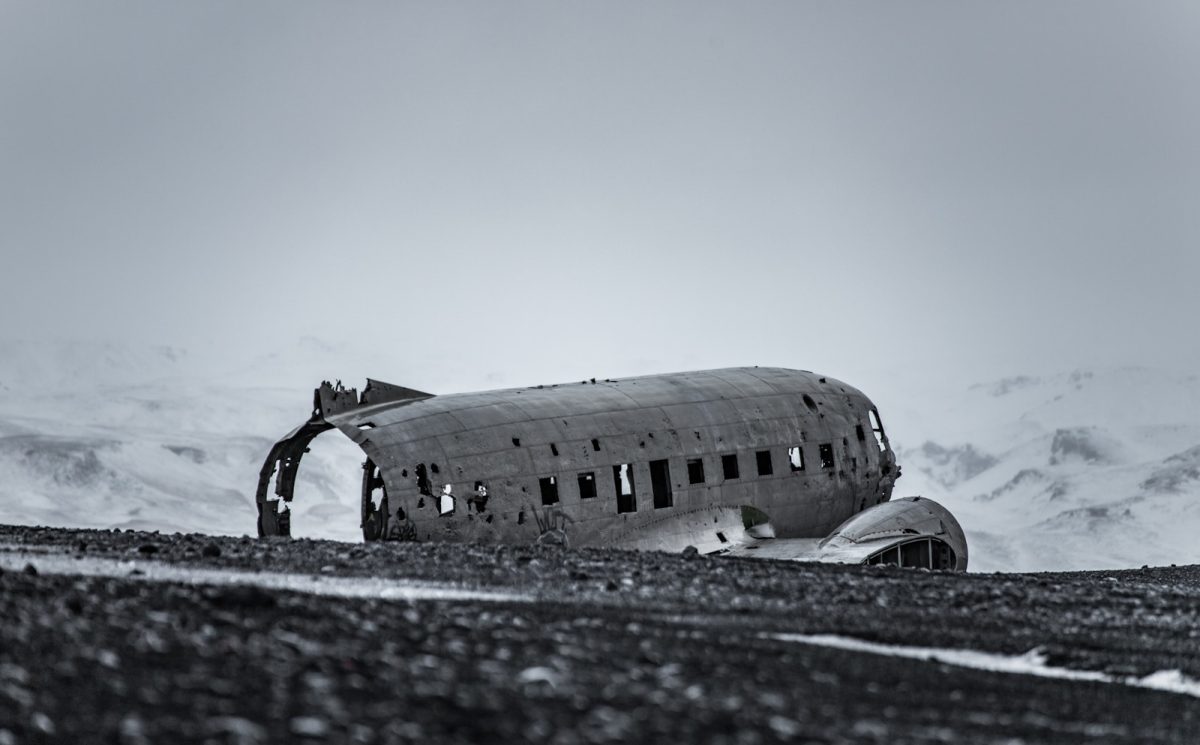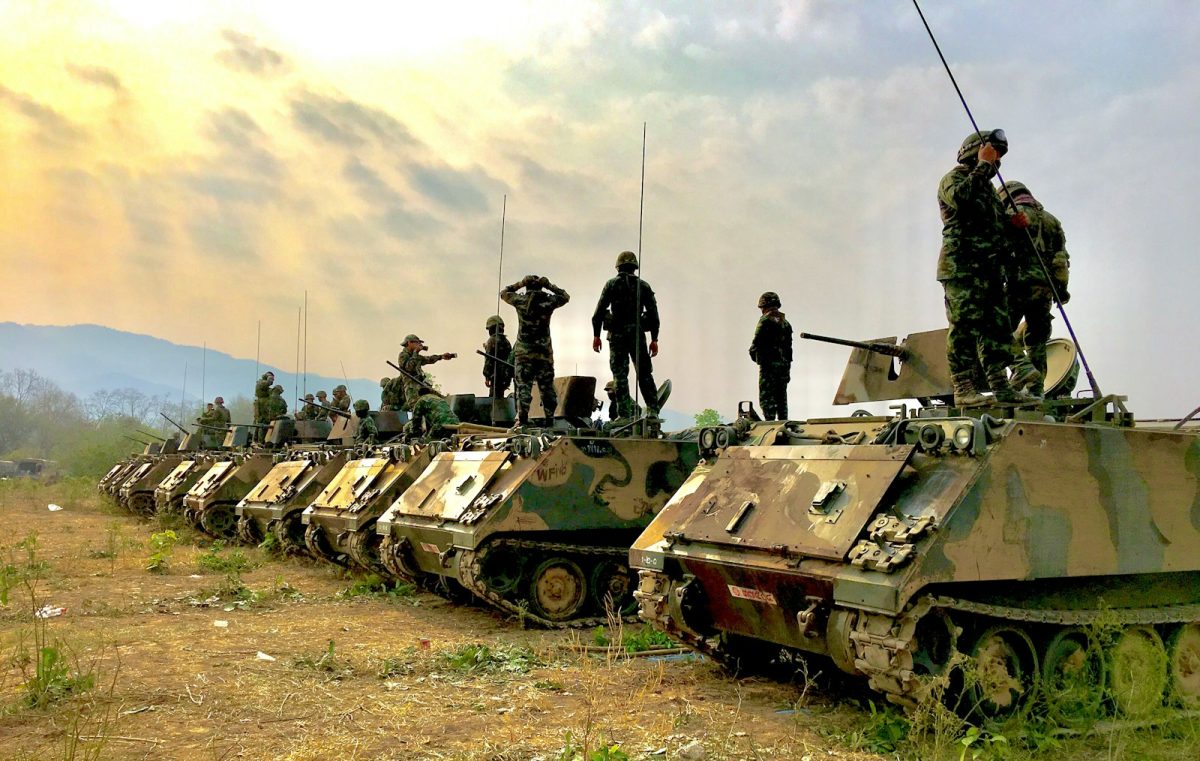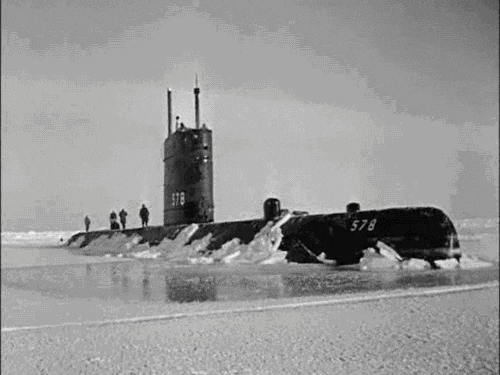Uruguayan Air Force Flight 571 crashed in the Andes mountains on October 13, 1972. The crash and the resulting 72-day ordeal of the survivors led to the deaths of 29 of the 45 people on board, until two survivors hiked out of the mountains and were able to find help.
The Flight and Crash
On October 12, UAF Flight 571 departed from Carrasco International Airport in Montevideo, Uruguay. There was a team of rugby players, scheduled to play a match in Santiago, and their family and friends on board. The plane was a chartered Uruguayan Air Force twin turboprop Fairchild FH-227 D, which was nicknamed the “lead-sled”, and likely underpowered for its size and the conditions of the Andes.
The plane was forced to spend a night in Mendoza, Argentina, due to a storm front over the Andes. The next day, due to poor navigation by the pilots and cloud cover, at 3:34 pm the tail of the plane clipped a ridge, shearing the tail off, and subsequent collisions tore both wings off. 12 passengers and crew died during the crash.
Crash Aftermath
In the few days after the crash, many people with severe injuries died as well. No passengers with compound fractures, a bone fracture combined with an open wound, survived.
Over the next few days, rescue aircraft from Chile, Argentina, and Uruguay, searched for the down plane. Even though some planes flew over the crash site, they were unable to spot the white fuselage against the snow, and attempts of the survivors to gather attention also failed. After eight days of searching, the rescue operation was called off.
The survivors turned the airplane fuselage into a makeshift shelter and improvised to create sunglasses (to prevent snow blindness), snowshoes, and a solar-powered water collector. They found a radio jammed between two seats, and after creating an improvised antenna, heard the news that the rescue search efforts had been called off.
Faced with imminent starvation, the survivors eventually resorted to cannibalism to survive. It was a tough decision for most of them, as the dead were mostly friends, family, or relatives. Additionally, all the passengers on board were Roman Catholic, and it was feared that eating human flesh would lead to eternal damnation.
More Disaster
Near midnight on October 29 and 17 days after the crash, an avalanche hit the fuselage, killing 8 more people.
The survivors realized that their only path to survival lay in an expedition to get help.
Survival Expedition
Three survivors began an expedition to find help. They mistakenly (from the dying words of the dead copilot) believed they were closer to the Chilean side of the Andes, so the expedition went west. After reaching the top of the nearest glacier and seeing, not the green valleys they expected, but more mountains, they chose to send one person back to base camp so the remaining two could have enough food to continue their journey. After a 19 day expedition, the two men were finally rescued.
Over the next two days, helicopter missions rescued the remaining 14 survivors, with the last of them leaving 72 days after the crash.
Aftermath
Originally, there was a public opinion backlash when it was reported that the survivors had resorted to cannibalism. However, the survivors held a press conference where they explained the pact they had where survivors agreed to let their bodies be used for food in the event they died, and the outcry subsided.
At the press conference, Alfredo Delgado, spokesperson for the survivors, compared their actions to Jesus at the Last supper, where he gave his disciples the Eucharist.
Legacy
The crash site has attracted guided tours which typically take 3 to 4 days to reach the crash site. The site attracts several hundred visitors a year.
In March 2006, a black obelisk monument was erected by the families of the victims.
Related Stories
https://interestingengineering.com/lists/5-ways-plane-crash-survival-has-changed-since-flight-571
https://en.wikipedia.org/wiki/Uruguayan_Air_Force_Flight_571
https://www.britannica.com/event/Uruguayan-Air-Force-flight-571
https://www.theguardian.com/world/2023/dec/04/nando-parrado-andes-plane-crash-1972-rugby-team
Take Action












